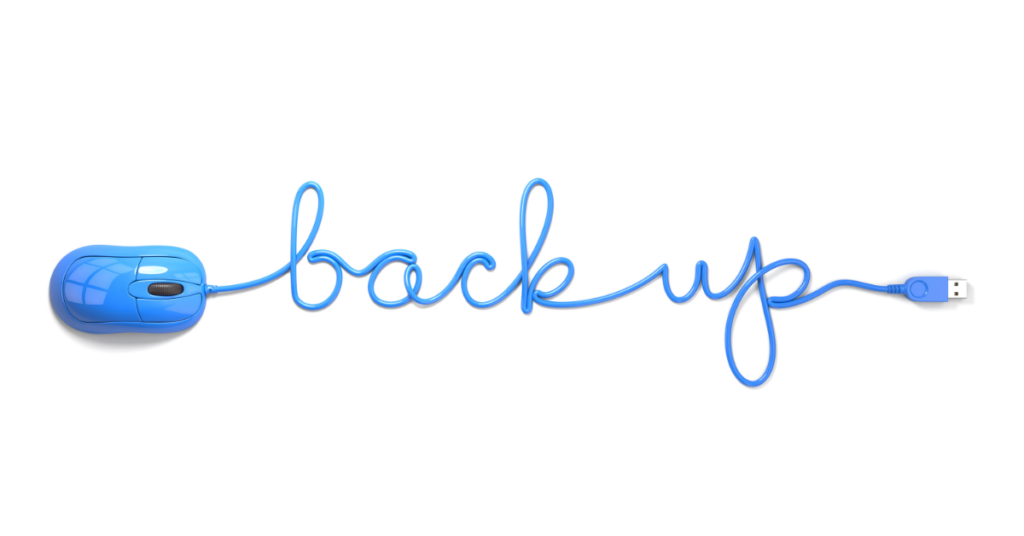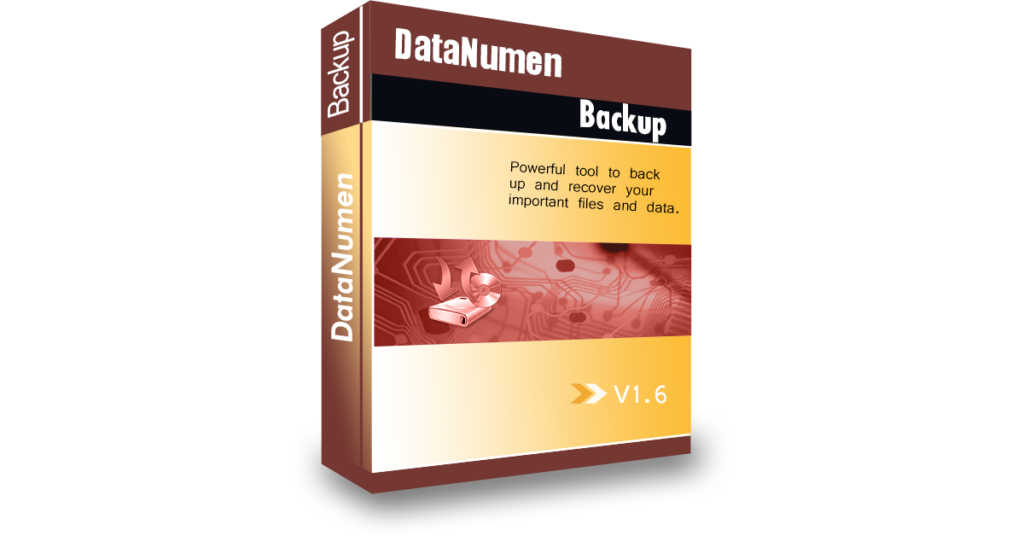Solid state drives have several advantages over regular hard drives. The major advantage is that they have a longer life span, lasting about 10 years before they begin to fail. To ensure that your SSD performs optimally for as long as possible you need to take care of it properly.

Solid state drives are rising in popularity because they are considered faster and relatively more reliable than hard drives.
SSDs have less moving parts than HDD’s so they are noiseless and also quicker. Because of their lack of reliance on moving parts, there is less wear and tear and SSD’s have a life span of about 10 years, compared to the 3 to 5 years of HDD’s.
SSD drives are also more energy efficiency, consuming 30-60 percent less power than HDDs. The downside of SSD’s, especially when it comes to personal computing needs, it they tend to cost more.
While SSD’s are considered reliable, there is still the possibility of drive failure and data loss. In order to prevent this, here are a few things you need to know about the care of SSDs.
1. SSD’s do not need to be defragmented
While it might be a good idea to regularly run a defragmentation program on a hard drive to eliminate free space and make file retrieval easier, this is not the case if your computer has an SSD. Instead of improving the performance of your drive, defragmenting and SSD will actually wear it out.
Because of this computer’s running OS Windows 7 and up who use an SSD drive automatically disable disk defragmentation. If, however you are running anything lower, check your disk defragmenter program and turn of the automatic scheduler.
2. SSD’s don’t need Indexing services
If you have an OS that has a search-supplementation tool you should probably turn it off. Since the read time of a SSD is so fast, you don’t need a file index. In fact, the processes needed to index a drive will actually slow down a SSD.
3. You need to enable TRIM
TRIM is an ATA command that helps keep an SSD performing optimally. With TRIM enabled, the OS sends a message to your SSD every time a file is deleted. It lets your drive know that the space is now available and can be written on again.
TRIM improves the performance of your SSD drive and it should be automatically enabled in computers using SSD’s that are running Windows 7 and up.
4. Make sure that you always leave a portion of your SSD empty
Most manufacturers of SSDs have specific recommendations as to how much space you need to leave on your SSD to keep it working well. This is usually within the range of 10 to 20 percent.
The empty space is needed to ensure that the leveling algorithms work well. These algorithms are responsible for redistributing data to minimize the wear and tear on the drive and keep it functioning optimally.
5. Perform regular backup
While SSDs are more reliable and have a longer lifespan than HDDs, they can still be damaged in accidents. They will also eventually wear out so before they do so, it’s best to make sure that your important files and programs are backed up.
Data recovery programs don’t work as well with SSDs so it’s best to use DataNumen Backup or Disk Imaging tool to create regular backups of your SSD to be completely safe.
